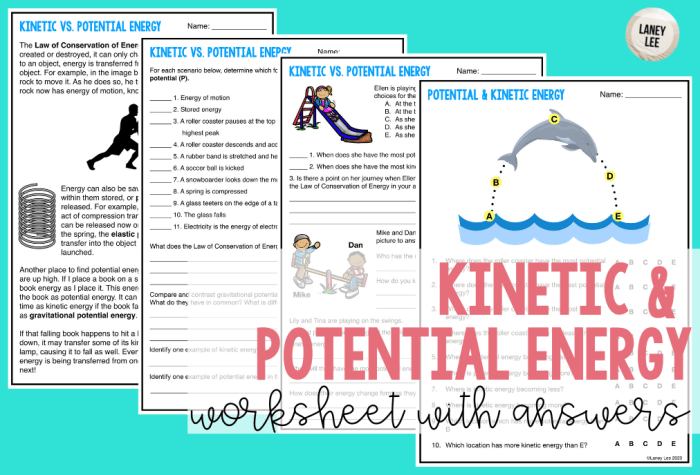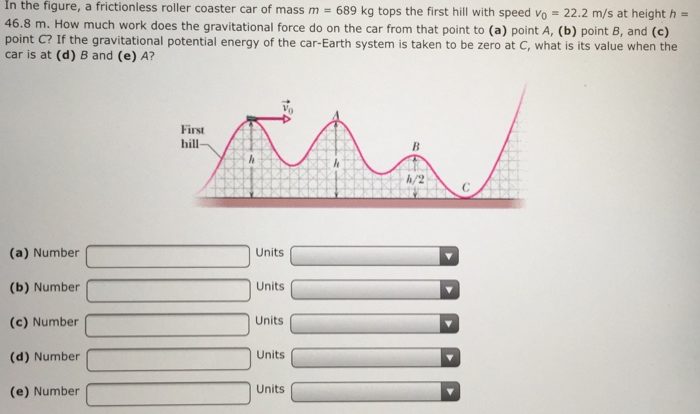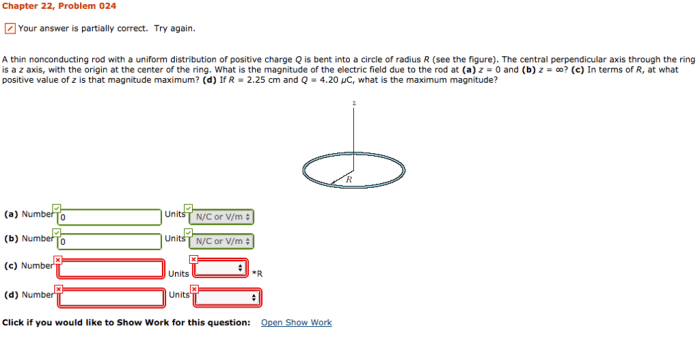Kinetic and potential energy worksheet answers – Embark on an enlightening journey into the realm of kinetic and potential energy, where this comprehensive worksheet provides insightful answers to unravel the intricacies of these fundamental concepts. Delving into real-life scenarios, formulas, and calculations, this resource empowers you with a profound understanding of the energy transformations that shape our world.
Kinetic and Potential Energy

Kinetic energy is the energy an object possesses due to its motion, while potential energy is the energy an object has due to its position or state.
Kinetic Energy Formula and Calculations
Kinetic energy (KE) is calculated using the formula: KE = 1/2 – m – v^2, where:
- KE is kinetic energy in joules (J)
- m is mass in kilograms (kg)
- v is velocity in meters per second (m/s)
| Mass (kg) | Velocity (m/s) | Kinetic Energy (J) |
|---|---|---|
| 1 | 2 | 2 |
| 2 | 3 | 9 |
Potential Energy Formula and Calculations
Gravitational potential energy (PE) is calculated using the formula: PE = m – g – h, where:
- PE is potential energy in joules (J)
- m is mass in kilograms (kg)
- g is acceleration due to gravity (9.8 m/s^2)
- h is height in meters (m)
| Mass (kg) | Height (m) | Potential Energy (J) |
|---|---|---|
| 1 | 2 | 19.6 |
| 2 | 3 | 58.8 |
Relationship between Kinetic and Potential Energy
Kinetic and potential energy can be converted into each other. When an object moves, its kinetic energy increases while its potential energy decreases. Conversely, when an object comes to rest, its kinetic energy decreases while its potential energy increases.
The relationship between kinetic and potential energy can be illustrated using a diagram:
[Diagram: Ball rolling down a slope, with arrows showing the conversion of kinetic and potential energy]
Conservation of Energy
The principle of conservation of energy states that the total energy of an isolated system remains constant. In the case of kinetic and potential energy, this means that the sum of the kinetic and potential energy of an object is always constant.
For example, when a ball is thrown into the air, its kinetic energy decreases as it rises, while its potential energy increases. At the peak of its trajectory, the ball has maximum potential energy and zero kinetic energy. As it falls back down, its potential energy decreases while its kinetic energy increases.
Applications of Kinetic and Potential Energy
Kinetic and potential energy have practical applications in various fields:
- Engineering:Calculating the kinetic and potential energy of objects to design structures and machines.
- Physics:Studying the motion of objects and the forces that act on them.
- Biology:Understanding the energy requirements of living organisms.
- Sports:Analyzing the movements of athletes to improve performance.
Common Mistakes and Misconceptions, Kinetic and potential energy worksheet answers
Some common mistakes and misconceptions related to kinetic and potential energy include:
- Confusing kinetic and potential energy with each other.
- Assuming that kinetic energy is always greater than potential energy.
- Believing that potential energy is only associated with height.
Commonly Asked Questions: Kinetic And Potential Energy Worksheet Answers
What is the formula for kinetic energy?
Kinetic energy (KE) = 1/2 – mass (m) – velocity (v)^2
How is potential energy calculated?
Gravitational potential energy (PE) = mass (m) – acceleration due to gravity (g) – height (h)
What is the relationship between kinetic and potential energy?
Kinetic energy and potential energy are interconvertible, meaning they can transform into each other.


